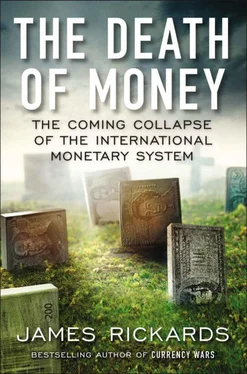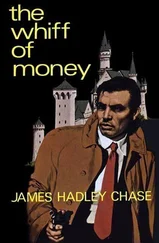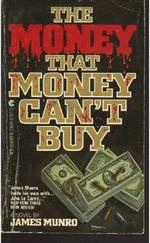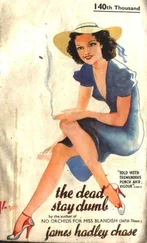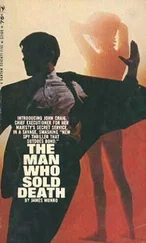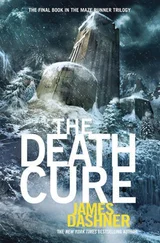Tauss had another avocation, one not required in his day job but to which he applied the same passion he showed while working with weapons and technology. He was an avid stock and options trader who used his mathematics skills to look for small anomalies in options prices that could be traded to advantage in his personal accounts. He pursued this options trading with such vigor and over such a long period of time that he was almost as well known for it among his colleagues as he was for his intelligence analyses. When the story of insider trading surfaced in the aftermath of 9/11, it was no surprise that Tauss’s name came to the attention of CIA senior management.
In October 2001, just weeks after the attacks, the CIA’s Office of Terrorism Analysis asked Tauss to serve as director of a project to consider whether terrorists might use advance knowledge of their actions to profit in financial markets, and whether the intelligence community could identify such efforts and possibly thwart the attack. Thus began one of the longest and most unusual analytic projects in CIA history.
The effort was dubbed “Project Prophesy.” By the time the project wound down in 2004, almost two hundred finance professionals—including stock exchange executives, hedge fund managers, Nobel Prize winners, and floor traders, along with technologists and systems analysts—would be tapped to contribute their time and effort. Tauss led a massive undertaking that simultaneously modeled the mind of the terrorist and the mind of the Wall Street trader. He found that the two domains had more than a few things in common.
Project Prophesy was formally launched in April 2002, and the core team assembled by the end of May. The first task was to create a threat board of potential targets for terrorist attacks and link those targets to publicly traded stocks that might provide advance warning through unusual price activity. These stocks included a broad list of airlines, cruise lines, utilities, theme parks, and other companies with symbolically important assets.
By early 2003, the Prophesy team led by Tauss had reached out to Wall Street and other government agencies and assembled teams to participate in targeted panels to flesh out the practical details of Tauss’s theory. It was widely assumed that terrorists would strike again in some spectacular way. Would there be information leakage? Would a terrorist associate engage in insider trading? Could this trading be detected so as to identify the trader and his target? Would there be time to react and stop the attack? These were the problems Prophesy set out to solve.
* * *
My involvement with Project Prophesy began at the mountaintop Kaiser estate on the island of St. Croix, a site exotic enough to make the final cut of a James Bond film. The estate is a complex of three mansions connected by private roads on Recovery Hill overlooking the town of Christiansted on the north shore of the island. The centerpiece of the complex is the White House, a sprawling, multitiered, bleach-white International Style home with a large outdoor pool trimmed with the obligatory steel-post-and-Kevlar tenting reminiscent of the Denver Airport.
I was there in the winter of 2003 for a private gathering of top financiers from the institutional, hedge fund, and private equity worlds to discuss the next big thing in alternative investing—a project to blend hedge fund and private equity strategies to optimize risk-adjusted returns.
As typically happens at such gatherings, there was downtime for drinks and getting to know the other guests. During one such break, I chatted with the head of one of the largest institutional portfolios in the world. He asked me about my career, and I recounted my early days at Citibank on assignment in Karachi.
That had been in the 1980s, not long after the shah of Iran had been deposed in the Iranian Revolution. Grand Ayatollah Khomeini became Supreme Leader and declared Iran to be an Islamic Republic guided by principles of sharia or Islamic law. This shift in Iranian governance placed pressure on Pakistan to burnish its own Islamic credentials. Pakistani president Zia-ul-Haq issued religious ordinances, including one that prohibited banks from charging interest on loans, something forbidden by sharia.
Citibank had major operations in Pakistan. The idea of running the bank there without charging interest came as a shock to management. I was assigned to become expert in sharia and assist in the conversion of Citibank’s operations from Western banking to Islamic banking.
I arrived in Karachi in February 1982 and went to work. Citibank’s country head, Shaukat Aziz, later prime minister of Pakistan, would occasionally pick me up at my hotel. In monsoon season, we would barrel through flooded Karachi streets choked with ubiquitous decorated buses and three-wheeled jitneys, speeding past vendors spitting bright red betel nuts they chewed for a buzz.
As I told these tales to the fund manager, I noticed his face became taut and his stare serious. He motioned me to a corner of the deck away from the other guests. He leaned forward and said sotto voce, “Look, it seems you know a lot about Islamic finance and you know your way around Pakistan.” My local knowledge was a little rusty since these things had happened decades before; still, I replied, “Yeah, I worked hard at that. I know Islamic banking.”
He leaned in and said, “I’m helping the CIA on a project related to terrorist finance. They don’t have much expertise, and they’re doing some outreach. They’ve asked me to source whatever talent I can. If someone from the agency contacted you, would you take the call?” I said yes.
For those too young to recall 9/11 and the aftermath, it is difficult to describe the mix of anger and patriotic fervor that gripped the nation, especially in the New York area, where many people lost friends or family members or knew someone who did. We all asked ourselves how we could help. The only advice we got from Washington was “get down to Disney World… take your families and enjoy life.” Here was the chance for me to do more than go shopping.
A few days later the phone rang in my New York office. The caller introduced himself as part of the CIA’s Office of Transnational Issues in the Directorate of Intelligence. He asked if I would be willing to join a team looking at aspects of terrorist finance, specifically insider trading ahead of major terrorist attacks. He would send me a letter outlining the scope of the project. I agreed, the letter was soon received, and by the early summer of 2003, I was on my way to CIA headquarters to meet the rest of the Project Prophesy team.
* * *
Joining a project in midstream is never easy, because the rhythm and culture of the team are already established. But I fit right in because I had been on Wall Street longer than many of the volunteers and had more international experience than all but a few. Within months I became a co–project manager under Tauss’s direction.
My first contribution was to point out that the CIA’s objective was already being pursued every day by hedge funds, but for a different reason. The CIA was trying to spot terrorist traders, while hedge funds were trying to spot unannounced takeovers. But the big-data techniques applied to trading patterns were the same.
Spotting suspicious trading is a three-step process. Step one is to establish a baseline for normal trading, using metrics like volatility, average daily volume, put-call ratios, short interest, and momentum. Step two is to monitor trading and spot anomalies relative to the baseline. Step three is to see if there is any public information to explain the move. If a stock spikes because Warren Buffett bought a large position, that’s not an anomaly; it is to be expected. The intriguing case is when a stock spikes on no news. The logical inference is that someone knows something you don’t. A hedge fund might not care about the origin of the hidden information—it can just piggyback on the trade. For the CIA, the observation became a clue. And the stakes were higher.
Читать дальше
